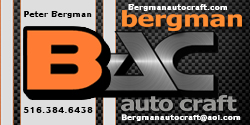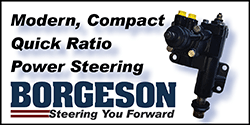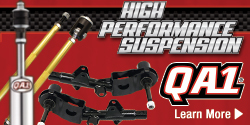Another question, found this post, what are your thoughts on this modification? Not necessary if the firewall connectors are bypassed per your upgraded charging system video?
I still get some discharge at idle with the lights on, I have stripped out bolt holes at the voltage regulator that I plan to fix this weekend. I did add a ground wire that runs from the alternator to a couple points including the voltage regulator but its not as tight as I would like it to be yet. A bit more idle speed might be enough as it jumps back to charging as soon as I give it a little throttle.
I'm running a new Tough Stuff 130A unit.
"Improving the power side involves putting the alternator field circuit on a relay. Chrysler called this a "Field Loads Relay" and installed it in heavy-duty charging systems. You'll need another SPST relay just like the one that powers the HEI module. Find the wire that feeds line voltage to the voltage regulator when you turn on the ignition. Cut it. If you're running a '70-up system (two field terminals on the alternator, flat regulator with triangular 2-prong plug), cut the wire upstream of the splice that also sends line voltage directly to one of the alternator's field terminals. The ignition switch end of this wire goes to terminal
86 of the relay. The regulator/field end of the wire goes to terminal
87 of the relay. The
85 terminal of the relay gets grounded. The relay's
30 terminal goes to battery + (via an appropriate fuse of about 5A to 10A, depending on alternator spec). This way, turning on the ignition shows the regulator the actual battery voltage, not line voltage after dropping through firewall connectors, wiring harness "master welds", and ignition switch."
[/URL][/URL][/URL][/URL][/URL][/URL]
















